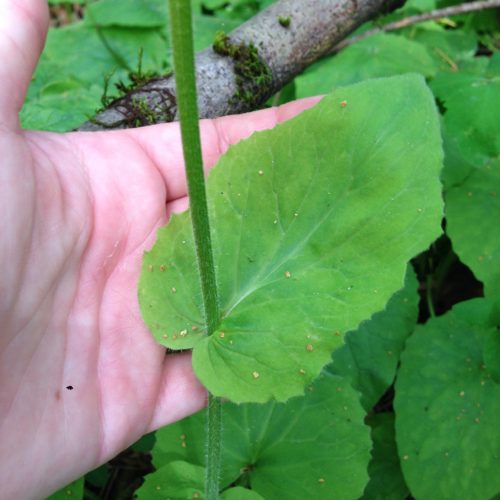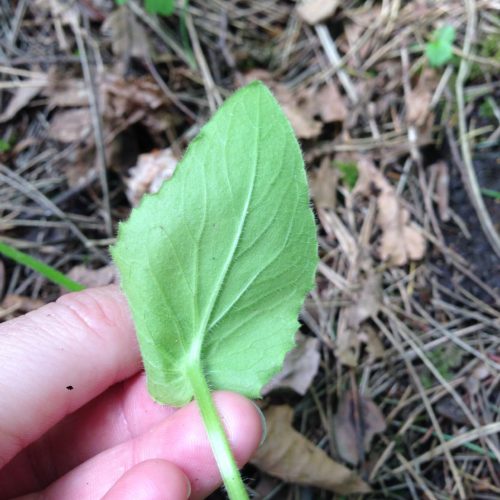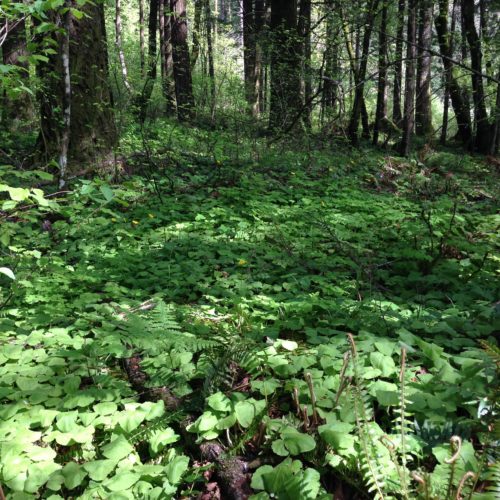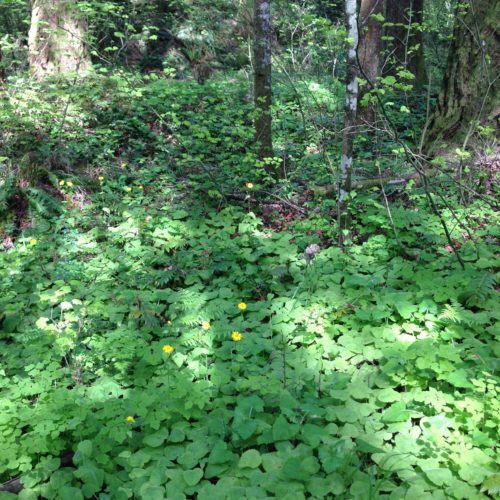Leopard's Bane
Doronicum sp., Doronicum x willdenowii
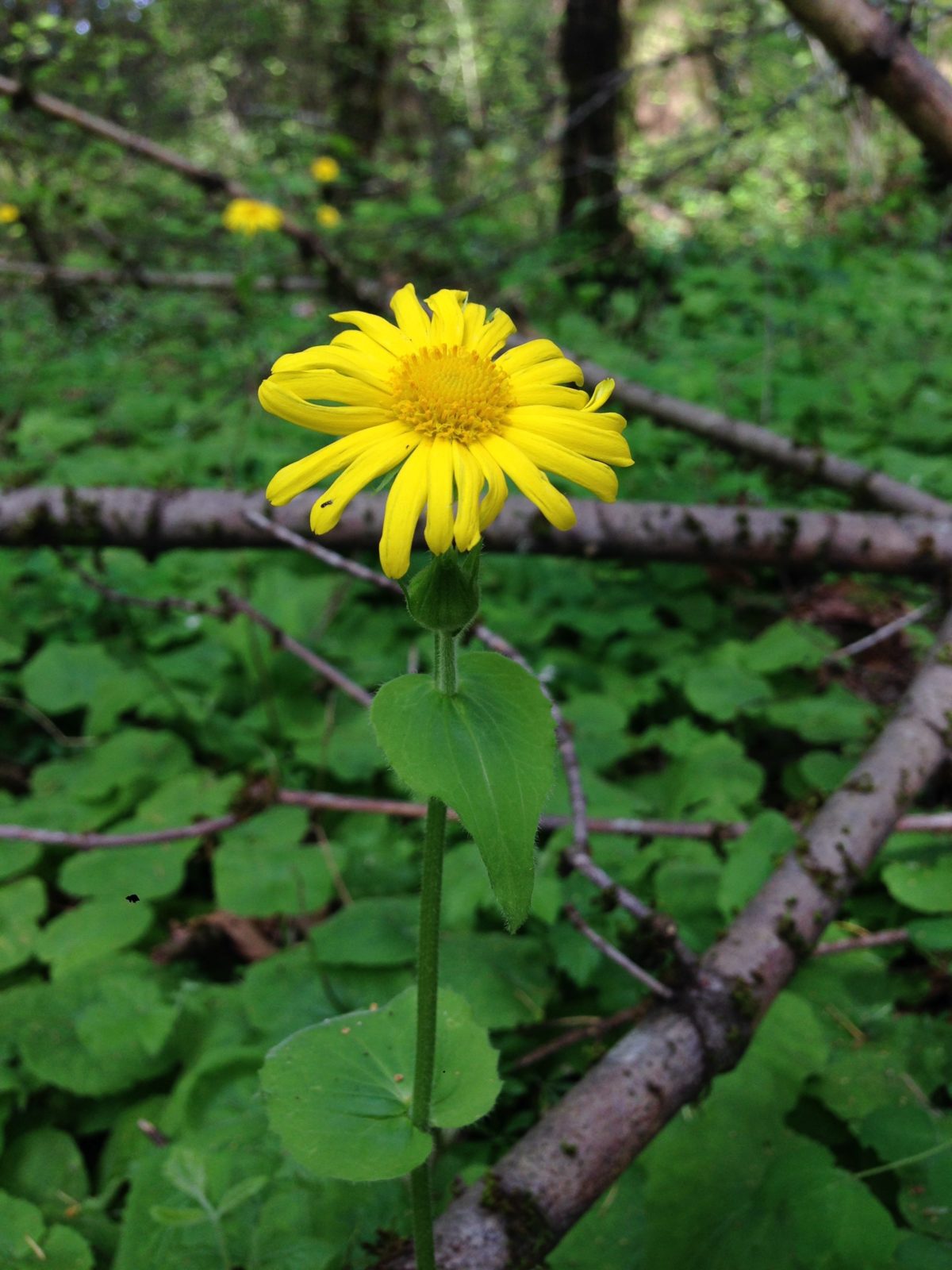
Family: Asteraceae
Weed class: monitor list
Year Listed: 2014
Native to: Europe.
Is this Weed Toxic?:
not known to be
Why Is It a Noxious Weed?
This plant is on the monitor list - it is not a listed noxious weed in Washington. Please contact its sponsor Emily Stevenson to report locations or for more information.
How would I identify it?
General Description
Growing from one to three feet in height and width, Leopard's banes are 38 species of herbaceous plants that grow showy, yellow daisies. In the winter, the above ground stems and leaves die back, and the plant goes completely dormant, returning in the spring.
Flower Description
In the spring, they grow completely yellow daisy flowers in loose bunches, each with few to many flowers.
Leaf description
Usually lightly toothed, lance shaped leaves, but differs by species.
Stem description
Round, green, and lightly branching.
Fruit Seed Description
Small, dandelion-like pappuses.
Where does it grow?
In its native range, it grows in mountain meadows. In the pacific northwest it may escape gardens and into disturbed areas and grasslands. It can't survive in warm and humid areas.
How Does it Reproduce?
Seed and vegetative
How Do I Control It?
Please refer to the PNW Weed Management Handbook, or contact your county noxious weed coordinator.



